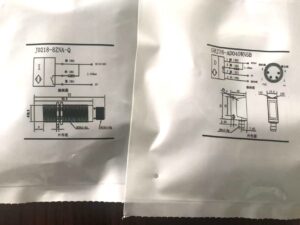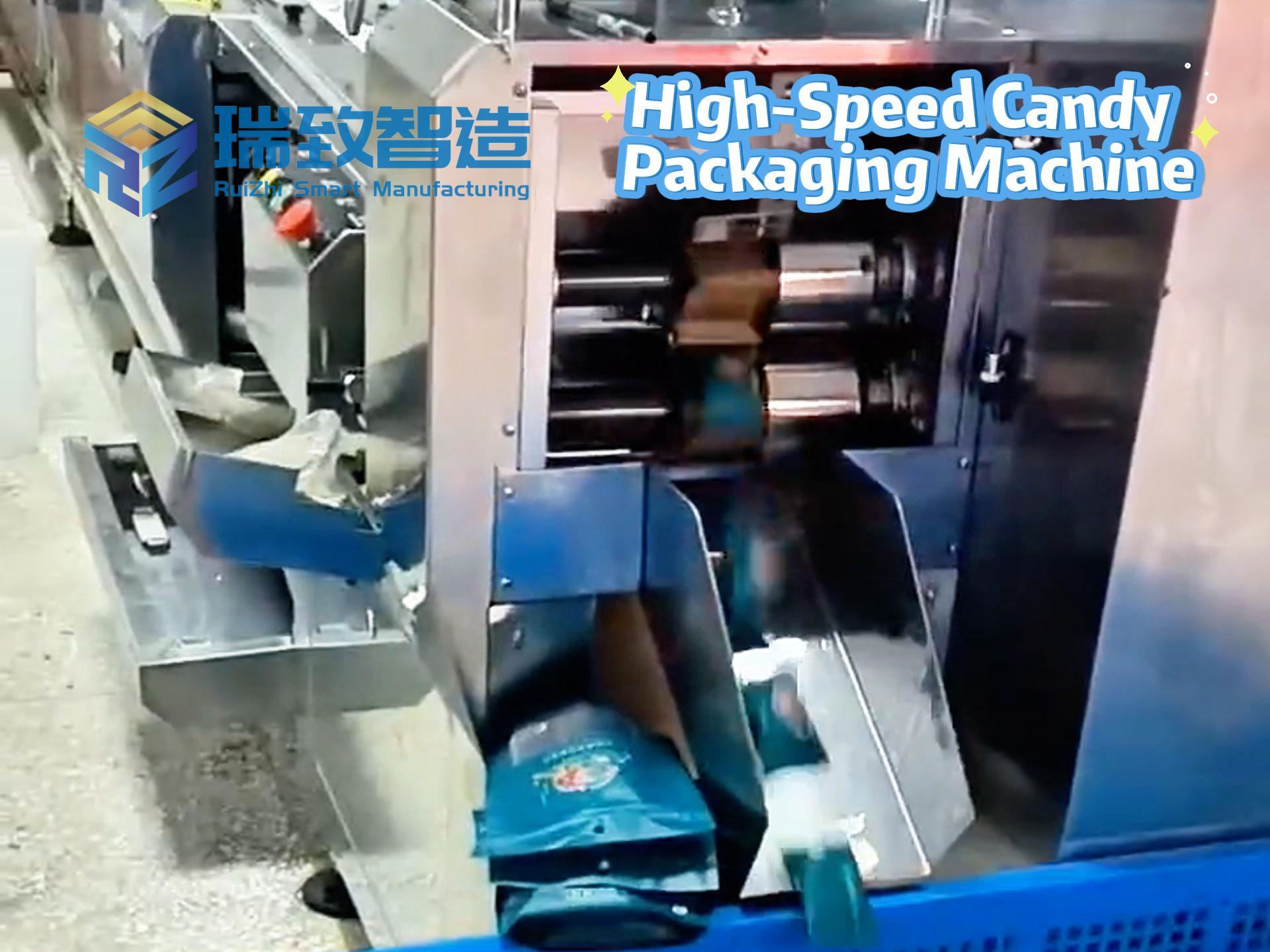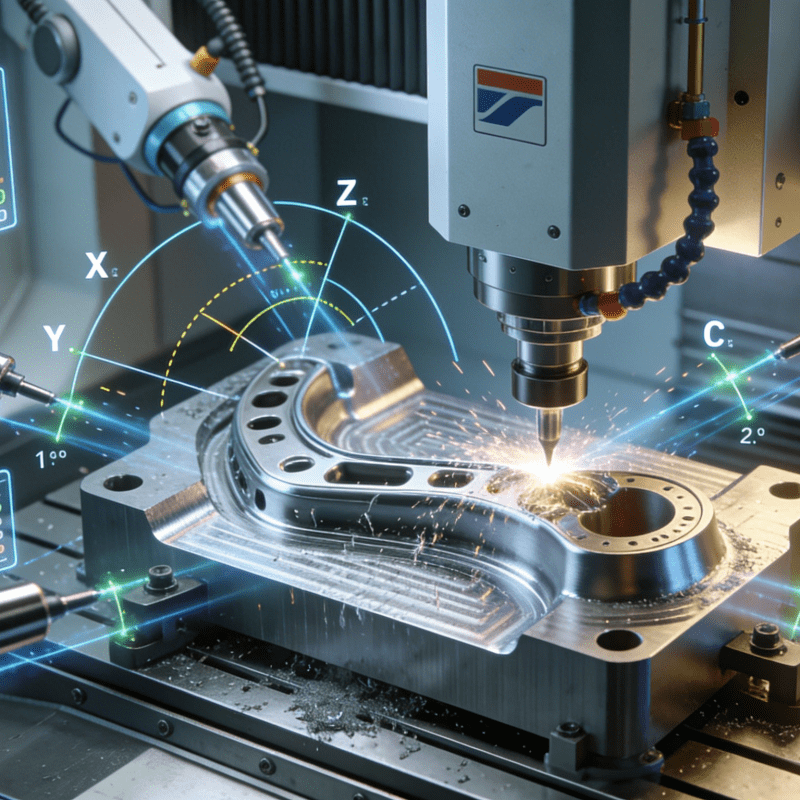
In modern factories where assembly lines operate at full speed, the precise docking of parts is often the key node that determines the production rhythm. From the snap fixation of automotive pipelines to the plug-in combination of electronic device interfaces, those seemingly simple “connection” actions hide the core code for improving manufacturing efficiency — automatic quick-connect part assembly machines are redefining the meaning of “connection” in industrial production with millisecond-level response speeds.
From “Jamming” to “Smoothing”: Breaking the Efficiency Bottleneck in Connection Links
Traditional part connection processes have long been constrained by two major problems: fatigue-induced errors in manual operations and lag in mechanical positioning. In the old workshop of an auto parts manufacturer, workers used tweezers to insert 3-millimeter-diameter plastic snaps into pipeline interfaces, repeating the action over 8,000 times a day. Not only did this leave thick calluses on their fingers, but inconsistent force often caused snaps to break or poor sealing, with a daily rejection rate as high as 5%. However, after the automatic quick-connect assembly machine was introduced, the mechanical claw equipped with pressure sensors could complete the snap pressing with a precise force of 0.2 Newtons. Combined with real-time calibration by the 3D vision system, the time for a single connection was reduced from 3 seconds (manual) to 0.8 seconds, and the rejection rate plummeted to 0.3%.
The core advantage of such equipment lies in its control over “dynamic connections.” For connection requirements of different materials and structures — whether it is interference fit sleeve assembly or snap-type elastic docking — the machine can call up corresponding parameters through a preset program library. In the production of new energy battery modules, it can complete the laser welding positioning of cell tabs and busbars within 0.5 seconds, while sensing tiny deformations of the tabs through a force feedback system and adjusting the welding angle in time to avoid potential false welding.
Flexible Design: Reconciling “Multiple Varieties” and “High Speed”
The trend of small-batch, multi-variety customized production once put assembly equipment pursuing “speed” in a dilemma. A consumer electronics contract manufacturer had to change 15 types of interface connector models monthly due to customer demands. Each model change required a 2-hour shutdown to adjust mechanical fixtures, seriously delaying production plans. However, the new generation of automatic quick-connect assembly machines solved this contradiction through modular design: its end effector can be replaced as quickly as “changing a pen tip,” and with real-time retrieval of cloud parameter libraries, the model change time is shortened to 5 minutes.
This flexibility stems from a closed-loop “perception-decision-execution” system. Machine vision acts as precise “eyes,” instantly identifying interface features of different specifications on the part conveyor belt; AI algorithms act as a “brain,” completing matching calculations within 10 milliseconds to determine the optimal clamping angle and insertion path; and the mechanical structure driven by servo motors acts as flexible “fingers,” capable of achieving stable docking even with metal joints with tiny burrs on the surface through adaptive force control technology. Practice in a medical device factory shows that this equipment can simultaneously compatible with the assembly of 8 different specifications of infusion tube connectors, maintaining a stable output of 3,000 pieces per hour even with 20 product model switches a day.
Data-Driven: Making Every Connection Traceable
In modern manufacturing that emphasizes quality traceability, the “memory” function of automatic quick-connect assembly machines has become a powerful tool for quality control. Its built-in industrial Internet of Things module records key data for each connection: timestamps, pressure curves, displacement deviation values, etc., which are uploaded to the cloud in real-time to form an immutable production file. When a batch of products has loose connections, engineers do not need to disassemble the entire machine; they only need to retrieve the pressure curve of the corresponding period to quickly locate whether it is due to reduced force caused by mechanical claw wear or slight over-tolerance of part dimensions.
This data capability has also spawned a new model of predictive maintenance. By analyzing vibration frequencies and energy consumption changes during equipment operation, the system can predict the wear degree of mechanical bearings 12 hours in advance. A case from an air-conditioning manufacturer shows that after introducing this equipment, downtime caused by connection mechanism failures was reduced by 70%, and annual maintenance costs were cut by nearly 400,000 yuan.
Cross-Industry Penetration: Connection Technology Reshaping Production Logic Across Sectors
The influence of automatic quick-connect assembly machines has long transcended the boundaries of a single industry. In the food packaging field, it can accurately dock bottle caps and bodies of different specifications, controlling the tightening force through torque sensors to avoid bottle mouth cracking due to over-tightening and leakage due to under-tightening; in the aerospace field, its connection technology in a vacuum environment enables contactless assembly of satellite components, avoiding interference from tiny dust on precision instruments.
More subversively, such equipment is changing product design logic. When the efficiency of connection processes is no longer limited by manual work or traditional machinery, engineers can more freely adopt modular designs — a smart home enterprise disassembled speakers into 6 quickly dockable components, enabling flexible combination of personalized functions through automatic assembly machines, making the C2M model of “customers select accessories on demand, and factories assemble instantly” a reality.
In the blueprint of Industry 4.0, the connection between parts has long gone beyond physical combination to become the intersection of data flow and material flow. The value of automatic quick-connect assembly machines lies not only in optimizing the “connection” action to the extreme but also in achieving true “seamless integration” of the entire production chain through such extreme precision and speed. When every part can meet another part at the most appropriate time and in the most perfect posture, the efficiency revolution of manufacturing has its most solid foundation.




















